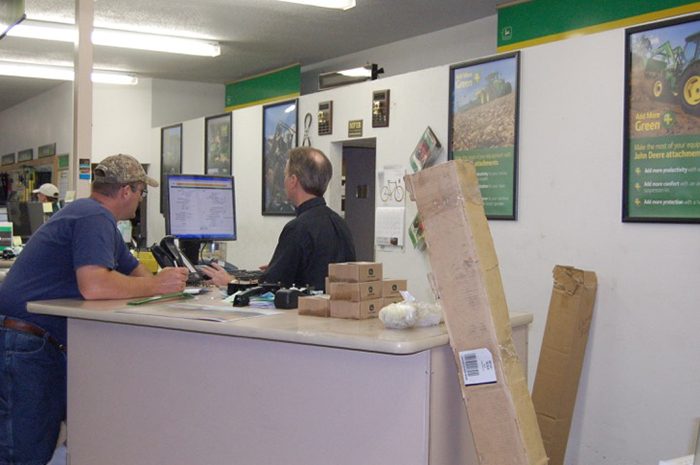It seems that the more things change in precision farming, the more they stay the same. Or perhaps it’s that things have evolved so much during the last 20 years, the industry is now returning to its roots.
On more than a few occasions, I’ve had experienced dealers note that when the precision revolution began in agriculture, the original intent was to leverage technology for collection and analysis of data. Of course, the advent of consumer-friendly — and more easily sellable auto-steer systems and GPS receivers — plotted the early course for dealers’ precision objectives.
Hardware continues to be the main attraction for both farm customers and retailers, because payback is often more obvious and easily explained. It’s not hard to see the difference that planting straighter rows in the field can have on the bottom line.
But as the industry evolves, calculating, explaining and selling the return on investment for data-driven tools is becoming more critical for dealers — to complement and maximize the value of precision hardware. After all, farmers have been collecting information for years, and it’s time to show customers their investment in crop modeling tools or analytical software platforms are worthwhile.
It’s increasingly rare to talk with precision specialists who say they sell “products.” The more common vernacular is “solutions.” This positions precision specialists as problem solvers, which is an apt description.
But selling solutions goes beyond installation, calibration and aggregation. In this edition, our first annual Guide to Essential Precision Farming Tools, nearly 100 different technologies in 27 categories are showcased to provide dealers with detailed insight into their uniqueness, compatibility and value.
“It’s about changing that mentality customers have from free to fee…”
Also within this issue, you’ll find editorial perspectives from 5 precision experts who reflect on the historical significance of progressive technologies that shaped the past and offer their predictions on how these tools will impact the future:
- Tech Evolution Makes Crop Modeling a Viable Tool by Harold Reetz
- Moving Data Management Software from Hype to Reality by Dave Swain
- Evolution of GPS Guides More Precise Paybacks by Jeremy Wilson
- Making Precision Data Transfer a Two-Way Street by Terry Brase
- The Evolution & Integration of UAVs as Practical Tools by John Nowatzki
While these innovations are diverse in their design and purpose, there is one common thread running through each of them: the need for someone to service and support these tools.
Technology is complex and precision specialists train to be the experts for their customers, who don’t often care if a solution comes from the manufacturer’s manual or from experimentation. But getting customers to compensate specialists for that expertise remains a challenge.
Even the most successful dealers can struggle with consistently getting farmers to renew service agreements or pay for precision phone support. Some dealers have suggested that a “cultural shift” will be necessary to get customers more comfortable with paying for precision service.
“It’s about changing that mentality customers have from free to fee,” says one precision ag manager in California. “It’s a work in progress, but we all know that service is going to drive this business going forward.”
No doubt, the scope, style and performance of precision farming tools will continue to evolve rapidly, only requiring more specialized training and service. It will be up to dealers to prove their value as solution providers and leverage that expertise as a sustainable source of revenue for their dealership.







